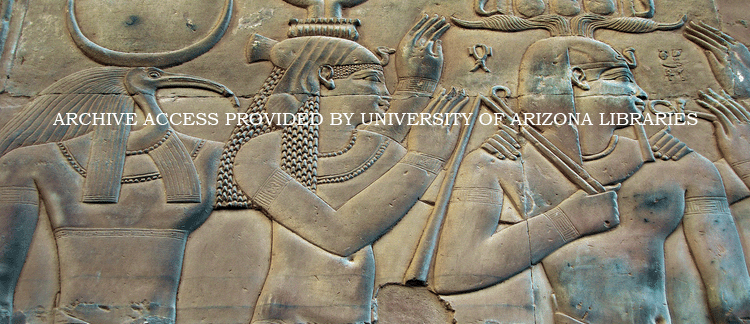Abstract
Falcons were a part of everyday life in the Aegean but also appear in Minoan-Mycenaean art in cult capacity as attending a goddess, being the possible ba bird of a deceased person, and in symbolic ornaments of falcon shape with distinct falcon attributes of sharp talons, hooked beaks, and neck curls. These are possibly major signs of Egyptian influence reaching the Cyclades Islands as well as the Aegeanized Egyptian themes of Middle Bronze Age Minoan art. The bird part of Aegean griffins and griffin wings show distinct origins in falcon traits. The triangular hook markings of kestrels’ underwing flight feathers are the basis of the “notched plume” wing pattern of Aegean griffins. The most suggestive presence of the Horus Falcon and the solar disk in the Aegean is the Middle Bronze Age Melos Island pottery bird designs where falcons have large red disk bodies resembling the solar disks of the Egyptian falcon gods.
How to Cite
Porter, R., (2011) “Insights into Egyptian Horus Falcon Imagery by Way of Real Falcons and Horus Falcon Influence in the Aegean in the Middle Bronze Age: Part II”, Journal of Ancient Egyptian Interconnections 3(3), 39-52. doi: https://doi.org/10.2458/azu_jaei_v03i3_porter2
1424
Views
926
Downloads
